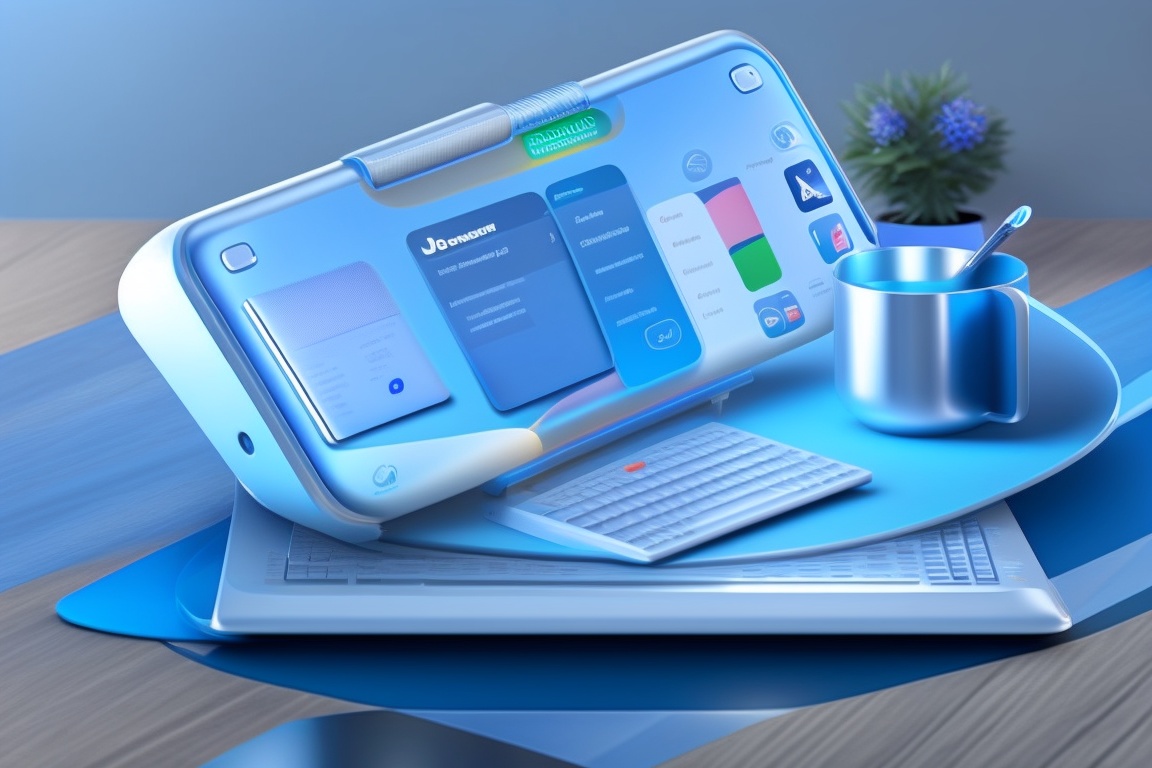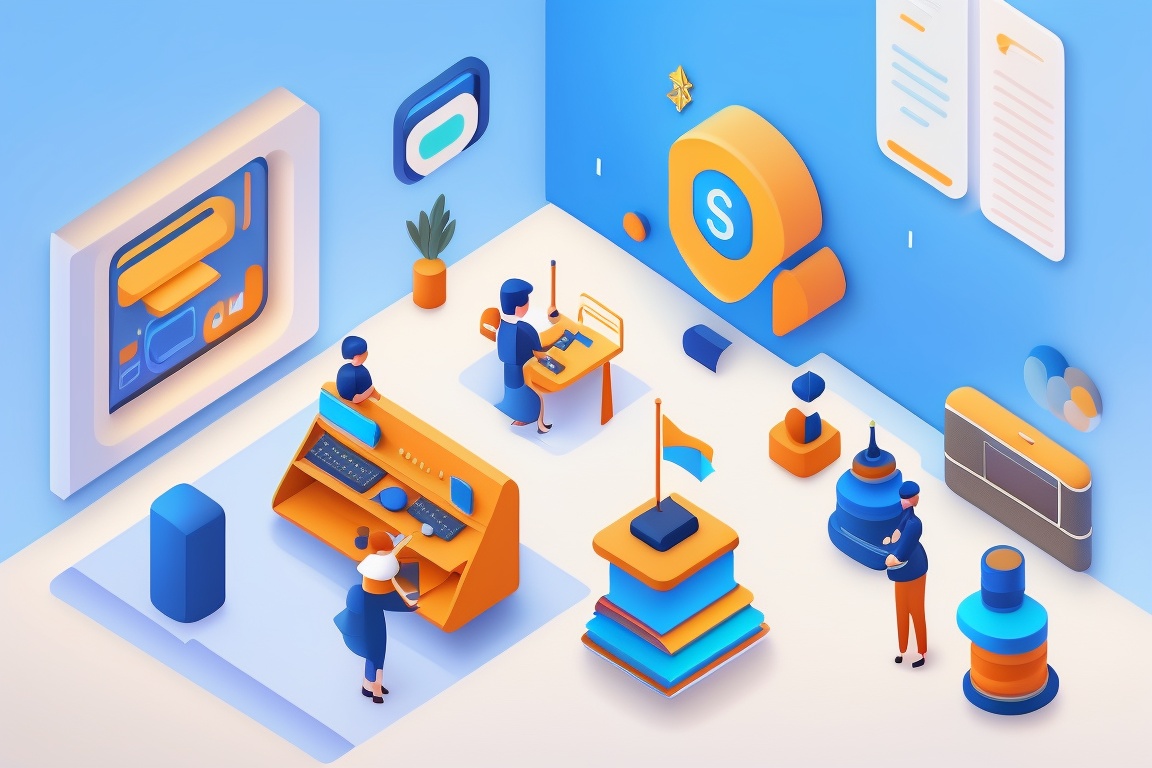Published August 08, 2022
More Types of Blended Learning
Dr. Hamna Labeeb
Content Editor
Photo by Firmbee.com on Unsplash
In the previous article, the main types of blended learning were discussed. But blended mode of learning is not limited to just three or four types. It is so flexible that there are many more types of blended learning. Let’s lunge into a brief exploration of each type of blended learning other than the flipped classroom model, A la carte model and rotational model.
Although with this basic difference, both Inside-out and Outside-in demands daily basis access to digital/online platforms and tutors. These models provide a proper understanding of one’s requirements and progress to the learners. Students have the added benefit of working at their own pace which is a key concept in blended learning.
In the previous article, the main types of blended learning were discussed. But blended mode of learning is not limited to just three or four types. It is so flexible that there are many more types of blended learning. Let’s lunge into a brief exploration of each type of blended learning other than the flipped classroom model, A la carte model and rotational model.
Project-Based Blended Learning
This model is one of the most effective blended learning strategies that can be used to enhance student engagement and motivation. In this model, teams of two or three students are formed and they collaborate in the planning, delivery and sharing of learning expertise. This model moulds the students in enhancing their learning experience, personal and professional growth. Studies have established that the PBBL model possesses the capacity to enhance the cognitive skills of students new to a subject. It can also stimulate self-control, critical thought and creative thinking.Self-directed Blended Learning
Self-directed blended learning is a type of blended learning where the learners can choose what they want to learn according to their requirements. They have access to both online and physical learning. It is highly individualized and democratic, since it is self-directed. The students are in control of what to learn and how to learn it. Authenticating the learning could pose a challenge to the teachers as there is no predetermined course in this model. Learners also have to mark their progress and assure whether they are moving in the right way or not in choosing the resources and guidance.Inside-Out Blended Learning
This type of blended learning starts in the physical classroom where the students have access to guidance from mentors. They will be having discussions with other students and can clarify their doubts from mentors. This model ends up in a digital/online platform where the students can add up to their knowledge and integrate their learning experience using online tools for learning.Outside-In Blended Learning
This blended learning model works in the opposite direction of Inside-Out model. The learning begins from beyond the physical classroom settings, where they gather background knowledge on the topics of interest from online/digital platforms. It ends up in a physical classroom where the students have access to tutors and can clarify their doubts and have discussions with other students.Although with this basic difference, both Inside-out and Outside-in demands daily basis access to digital/online platforms and tutors. These models provide a proper understanding of one’s requirements and progress to the learners. Students have the added benefit of working at their own pace which is a key concept in blended learning.
Supplemental Blended Learning
In this model, online learning is supplemented in addition to the physical classroom. No time is deducted from the offline class in the Supplemental blended learning model. The goal is to enhance the learning by providing additional resources through online platforms. The materials provided online are in alignment with the courses taught in the classroom. The benefits of this model include flexibility, individualized pace and the option to repeat topics which students find difficult.Mastery-Based Blended Learning
This model of blended learning is a new and innovative one which is in progress. This model requires students to go in depth on a topic to gain mastery before moving onto the next. It carries the benefits of personalized learning experience and deeper knowledge. Studies have proved that mastery-based blended learning can influence and improve creativity and independence in learning.Remote Blended Learning
Also known as enriched virtual blended learning, it possesses the benefit of being highly flexible. In remote blended learning, the learners might not be able to attend the regular offline classes, so they attend online classes remotely from their home. Majority of the learning takes place asynchronously through online platforms in the form of study materials, recorded videos, podcasts etc. Synchronous learning is also provided to comprehend the learning but the time spent on live physical classroom learning is very less as compared to the asynchronous learning.Sign up for our Newsletter
Loading...



